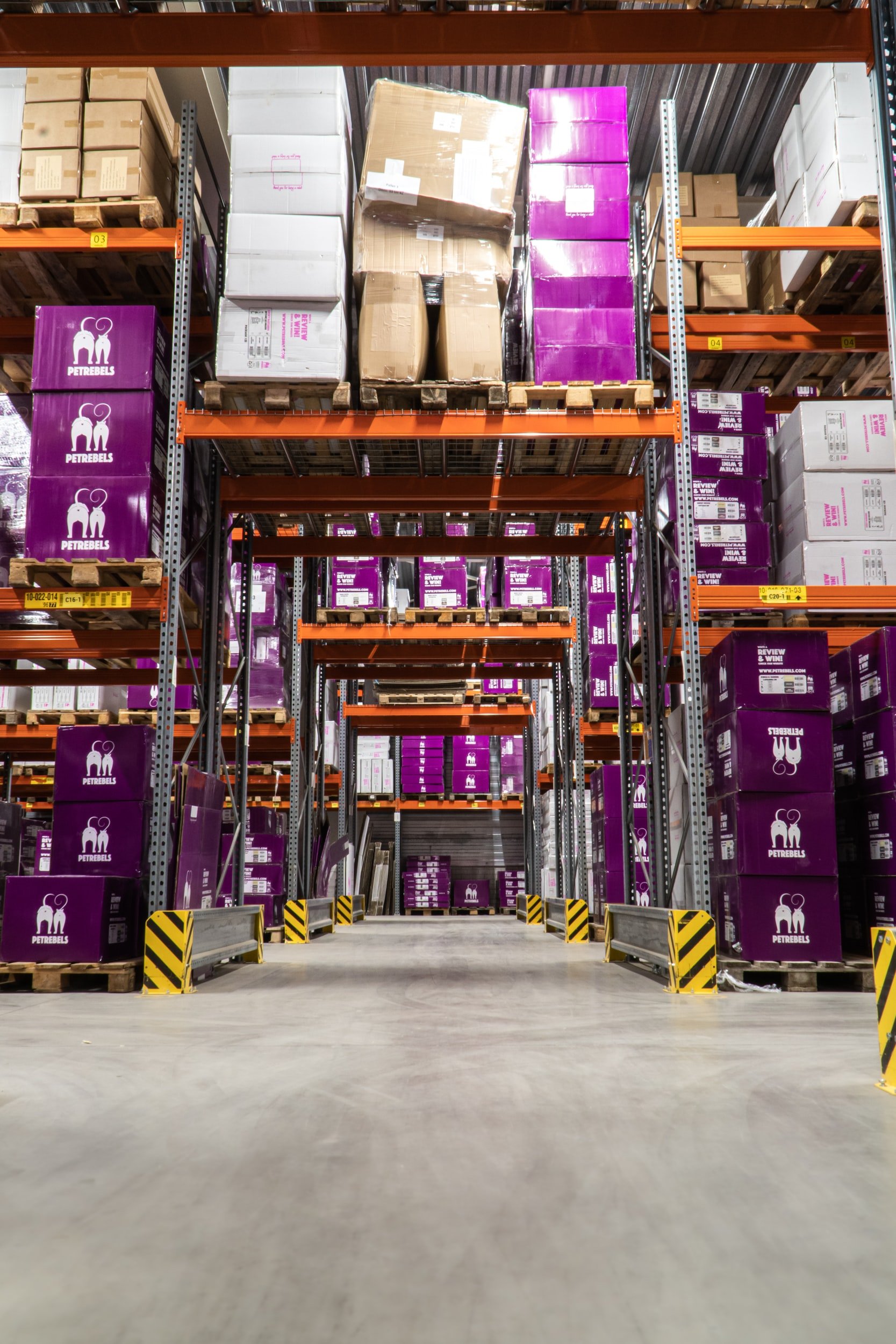Inventory: Asset or Liability? | Balance Sheet Explained
In the world of business networking and freelancing, complicated practices and vague rules can often seem really daunting. Can I message someone privately on LinkedIn? What are financial statements? Is that the same as profit & loss? Balance sheet? Cash flow? In this article, we’ll focus primarily on the Balance Sheet. More specifically, is inventory an asset or liability?
Inventory–Asset or Liability?
For clarity, we’ll focus strictly on accounting definitions, and by that standard, inventory is always an Asset. First, let’s explore the Balance Sheet a little bit.
What is a Balance Sheet? Why is it important?
A balance sheet is a financial statement, one of the typical 3 statements investors/stakeholders have an interest in. A balance sheet shows a “snapshot” of a business and everything that business owns and owes at that particular point in time. It’s important to note that a Balance Sheet must always “balance”, meaning the sum of Assets must equal Liabilities plus Equity.
What is an Asset?
An asset is something a company owns that represents value, or helps the company generate profits. There are two major types of assets:
Current Assets: Assets that generally generates profits within 1 year, or things of value
Non-current Assets (or Fixed Assets): Assets that stay on the balance sheet beyond 1 year and may take multiple years before generating profits or depleting
Examples of Assets (simplified):
Current Assets:
Cash and Cash equivalents: simply the cash the bank account has, or things directly related to cash. If you’re an employee or freelancer, this would equate to payments from a W2 or 1099.
Accounts Receivable: cash that you expect to receive soon that you have not yet received. For example, an invoice that freelancers or self employed individuals sent out but hasn’t been paid.
Inventory: products or goods that you expect to be sold for a profit, that have not yet sold
Investments: the value of any investments that can change in value (like stocks)
Non-Current Assets (or Fixed Assets):
Plant Property and Equipment (PPE): Equipment, machinery and other “large” items that help generate income for the business and can be used long-term (> 1 year). Can also include property and real estate.
What is a Liability?
A liability is simply something that a company owes. This can be a bill from a supplier that has yet to be paid, or an outstanding loan that is being repaid over time. Like assets, there are also two major types of liabilities:
Current Liabilities: Liabilities that generally is repaid within a year or sooner, like a bill from a vendor/supplier or anything bought on credit
Non-current Liabilities: Liabilities that generally will stay on the balance sheet in the longer term (> 1 year), such as an outstanding loan that the company repays over 5 years.
Examples of Liabilities (simplified):
Current Liabilities:
Accounts Payable: Bills from vendors that have yet to be paid, or have financing terms. For example, you don’t have to pay your vendors for 30 days, so you carry a balance in Accounts Payable, or “to be paid”
Accruals: Basically the same thing as accounts payable
Non-Current Liabilities:
Notes Payable: Amount owed on a loan that is intended to be repaid over a longer term (> 1 year)
What is Equity?
Equity can be a harder concept to understand, but we would describe it as what is “leftover” of the business after the business generates sales, minus the expenses. For example, if you sell $1,000 of goods and it cost you $400, then $600 of profit was generated. That profit becomes a part of “Equity”, increasing the value of the business, this is also how the Balance Sheet stays balanced after a transaction with profit. Equity can also represent cash injections from the owners, partners, or investors.
Examples of Equity (simplified):
Retained Earnings, can also be used interchangeably with Owner’s Equity/Owner’s Contributions
Partner’s/Investor Contributions
So, what is inventory? Is inventory an asset or liability?
Inventory is an asset and it represents the total amount a company has paid for that inventory. This is not to be confused with how much that inventory will be sold for (price) to customers.
When inventory is sold, Sales/Revenues is recorded and the Inventory balance is reduced by Cost of Goods Sold. In simple terms, Cost of Goods Sold = Total amount paid for inventory / units of inventory.
For example:
You sold 1 unit of inventory for $50
You previously purchased 100 units of inventory for $500
Your Cost of Goods Sold per unit is $500 / 100 = $5
Your book $50 of Revenues, and $5 of Cost of Goods Sold, reducing the Inventory balance.
Final journal entries:
Income Statement:
Revenue (income) increases by $50
Cost of Goods Sold (expense) increases by $5
Balance Sheet:
Cash (asset) increases by $50
Inventory (asset) decreases by $5
Retained Earnings (equity) increases by $45
Can Inventory be a Liability?
In the strict accounting definition, inventory is not ever a liability. However, some people may describe having too much, or unsold inventory as a “liability” in the colloquial sense. What they mean is that the inventory is not being sold, and therefore it’s not being converted to cash, or profits. Therefore, it acts as a burden, described as a “liability” in that context. Now that we’ve defined inventory, assets, liabilities, and the balance sheet, let’s illustrate some transactions to better understand the Balance Sheet:
Transaction: Your business pays $500 cash to buy a computer:
Effect: Your total assets remain unchanged
Cash (an asset) decreases by $500
Equipment (a fixed asset) increases by $500
Transaction: A customer buys $500 worth of goods, Cost of Goods Sold is $100
Effect: Assets increase, Equity increase
Cash increases by $500
Inventory decreases by $100
Retained Earnings, or Owner’s Equity increases by $400
FAQs:
Is inventory asset an asset?
Inventory is a current asset, part of total assets on the Balance Sheet. It is considered an asset, because a company purchases or produces inventory with the intent to sell it to generate revenue.
What type of asset is inventory?
Inventory is considered a current asset, since a business expects to sell it in the short term (< 1 year) to generate revenues. It can include raw materials, finished goods and works in progress.
Does inventory fall under assets?
Yes–inventory is considered an asset, and specifically a current asset. Typically, inventory is expected to be sold and turned into cash within 1 year.

